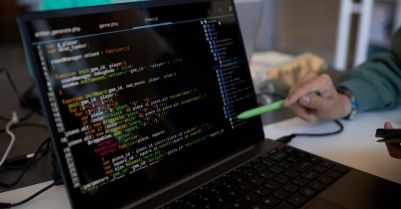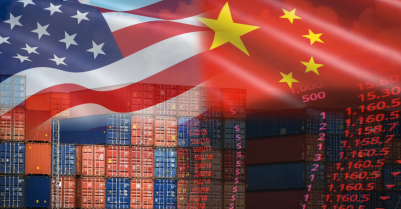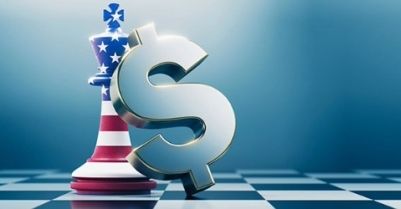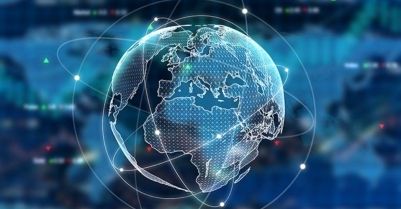What will be the legacy of this unparalleled crisis?
The unprecedented economic shock triggered by the COVID-19 crisis is of a kind never before seen: the result not of the unwinding of imbalances accumulated before the crisis, but rather of a voluntary decision by the public authorities to shut down some or all economic activity to check the spread of the virus, limit pressure on hospitals and save lives.

While choosing to prioritise people, governments have sought to do everything in their power to cushion the damage caused by this “induced” shock by deploying considerable financial resources to support healthcare systems, protect jobs and income and maintain the productive fabric. The goal was, as far as possible, to leave the economy intact so it would be able to take the crisis in its stride and quickly recover once constraints had been lifted. Up to now, this strategy of supporting the economy has paid off: each time public health restrictions have been lifted, economic activity has picked up vigorously, confounding the most catastrophic forecasts. Since there is at this point no question of withdrawing the economy’s fiscal and monetary life support and throwing away all the effort expended to date, one might hope that once restrictions are lifted, the economy will bounce back strongly. One might even imagine that households, driven by an overwhelming sense of liberation after months of frustration, will start spending like there’s no tomorrow, thus also giving businesses a boost. A scenario of full recovery, with catch-up momentum wiping out the losses sustained during the crisis followed by a return to pre-crisis levels of growth, is thus still a possibility. However, given the scale of the shock, this is undoubtedly not the most likely scenario.
Indeed, once emergency measures are lifted and the economy begins to thaw after its long hibernation, some longer-lasting after-effects might come to light. There is an intermediate scenario in which growth could rapidly return to pre-crisis levels but without an initial catch-up period to make up some or all of the loss of output sustained during the crisis. This would have a lasting impact on national output – mainly due to spiralling business bankruptcies, synonymous with the permanent destruction of capital – but not on the rate of growth, with the capacity for growth, and thus for investment and innovation, left unscathed. The most worrying scenario would be if the new growth trajectory were to permanently diverge from the path the economy would have followed if no shock had occurred, with the level and rate of growth in national output lastingly impaired. This kind of irreversible harm is generally done when the financial system, damaged by the crisis, is unable to finance recovery, or when the process of “creative destruction”1 inherent in any crisis proves laborious and prevents the efficient reallocation of resources to the most productive sectors
Given the completely unprecedented nature of the COVID crisis, not to mention the unparalleled response to it, it seems difficult to predict with any degree of certainty either the extent of any permanent loss of output or the potential damage to long-run growth. We might, however, try to formulate a few objective observations. On the one hand, this crisis is disproportionately affecting the service sector, which is labour-intensive and reliant on high levels of social interaction but less productive. Once the crisis is over, this compounding effect in favour of more productive industrial sectors currently hit less hard by the crisis could translate into higher aggregate output and thus higher growth, but at the price of a higher unemployment rate. On the other hand, one might think the aforementioned Schumpeterian process of creative destruction would do away with economically non-viable agents, like so-called zombie companies that wouldn’t have survived even without the crisis, accelerating the renewal of the productive fabric in such a way as to favour increased productivity gains. However, this effect of “cleaning up” the economy could prove counterproductive if this Darwinian selection process also affects viable and productive businesses or innovative fledgling companies because of financing difficulties against a backdrop of increasing risk. Furthermore, human capital, on which productive processes – and thus productivity gains – depend, is threatened by the COVID crisis, thanks to long-term unemployment and young people facing difficulties accessing the labour market, with a lasting impact on available career paths, not to mention the longer-term impact of successive lockdowns on the formal education of the younger generation. All of which highlights the importance of state intervention with, on the one hand, emergency packages that must continue to protect jobs and productive capacity to ensure the crisis does not result in excessive destruction, and on the other, stimulus packages that must support and facilitate the process of sectoral reallocation at the same time as adapting skills to suit the jobs of the future so that the crisis stimulates creation
Isabelle Job-Bazille, Group Chief Economist.
1Creative destruction refers to a continuous process within economies whereby sectors of economic activity are destroyed at the same time as new forms of economic activity are created.
See Joseph Schumpeter, “Capitalism, Socialism and Democracy”, Harper and Brothers, 1942.









